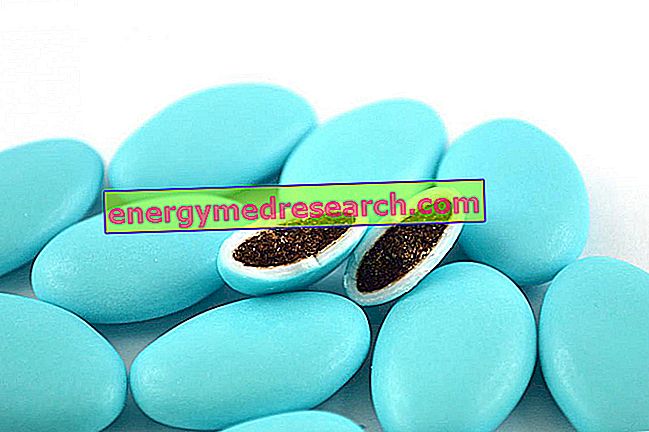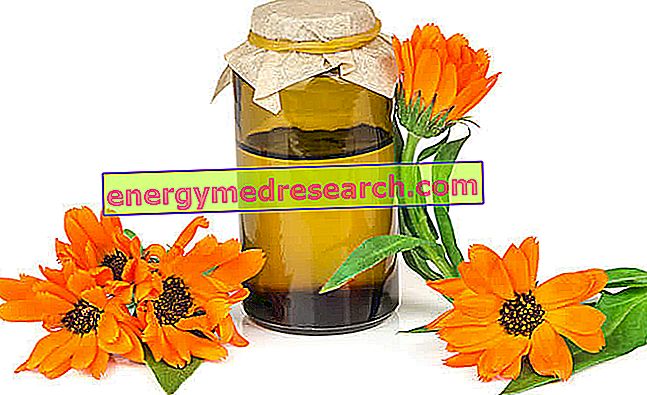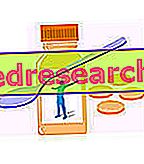
One of the most debated dyes about potential health hazards is blue. In particular, artificial colors Blue Patent V (E 131) and Brilliant Blue (E133) have risen several times on the dock.
The absence of valid natural alternatives to these dyes has even prompted Nestlé to withdraw, a few years ago, the blue Smarties from the market.
Recently, however, scholars have managed to isolate a promising blue dye from the Spirulina algae.
Its blue shade depends on some pigments that are part of phycocyanin, a protein complex involved together with chlorophyll in photosynthesis. Such pigments abound in Cyanobacteria (blue-green algae), of which spirulina is part, as well as klamath algae ( Aphanizomenon flos-aquae ).
The blue dye from phycocyanin is already a commercial reality, used by the industry in chewing gum, ice cream, popsicles, sweets, soft drinks, dairy products and wasabi. One of the trade names is Lina Blue ® (Blue Spirulina), a product developed by the Japanese Dainippon Ink & Chemicals (DIC).
Other natural blue dyes are offered by anthocyanins, abundant especially in blueberries and other berries.



